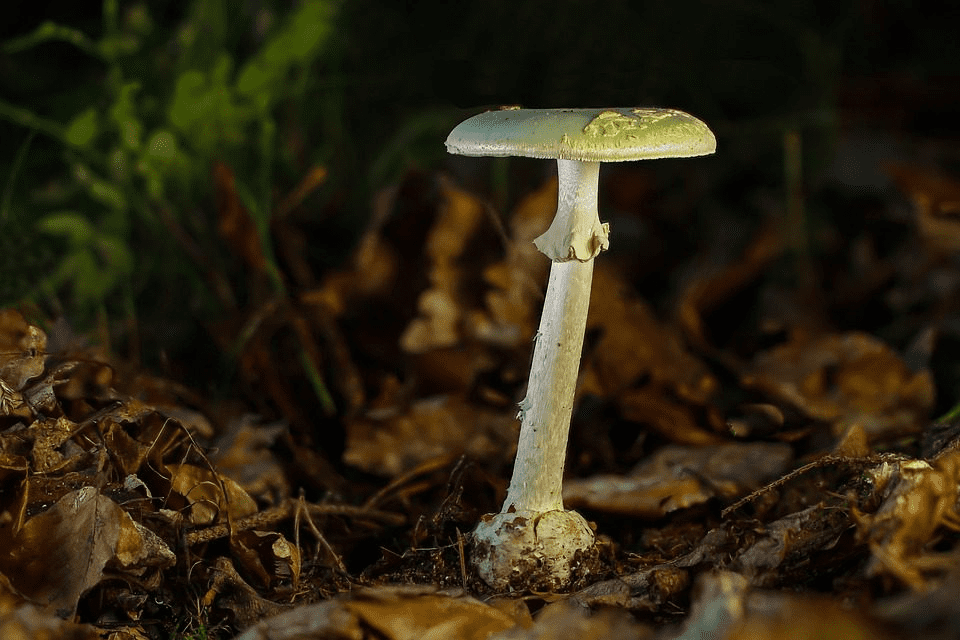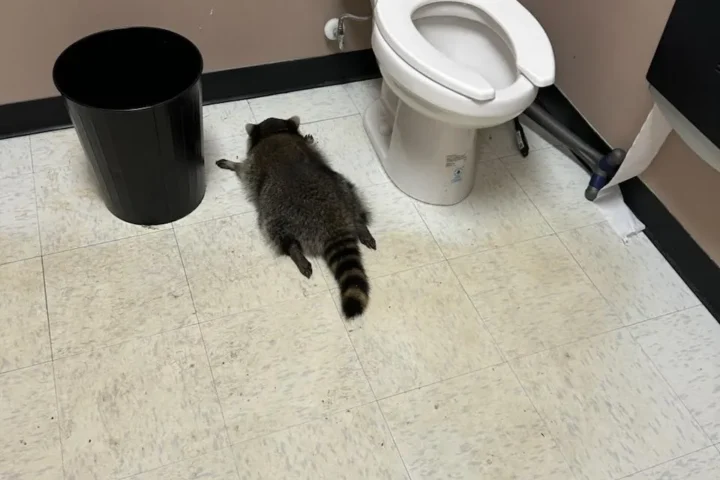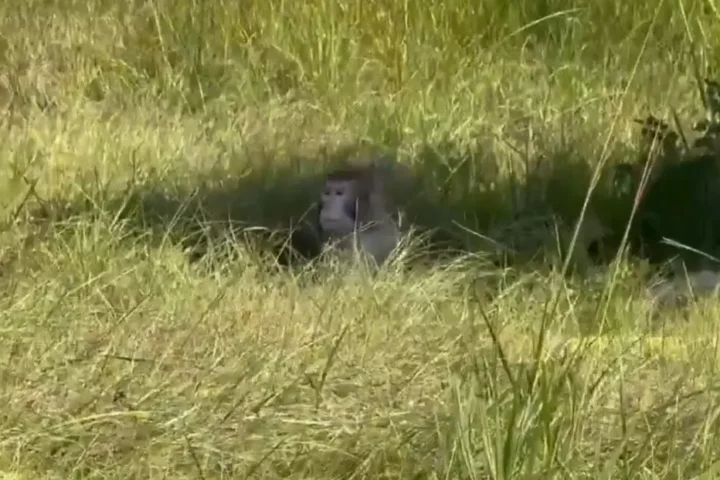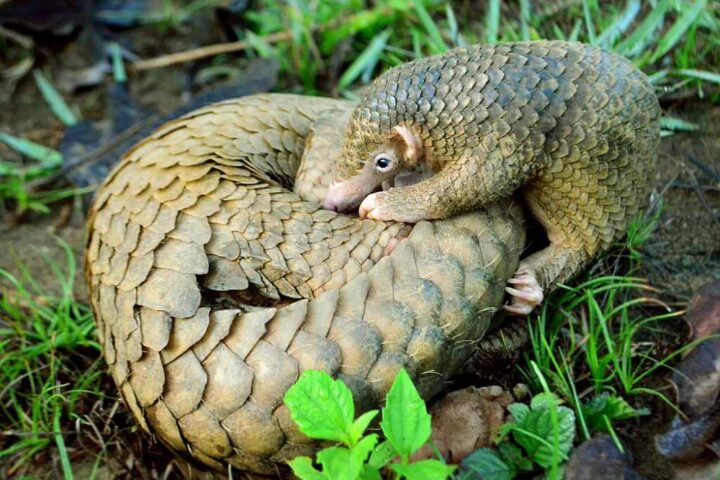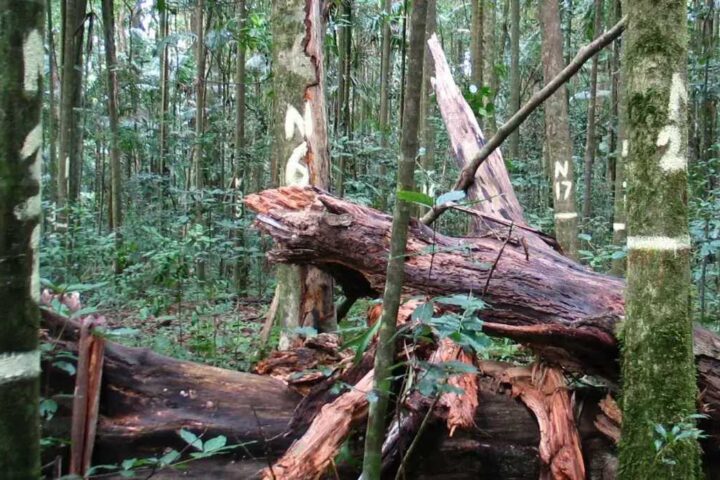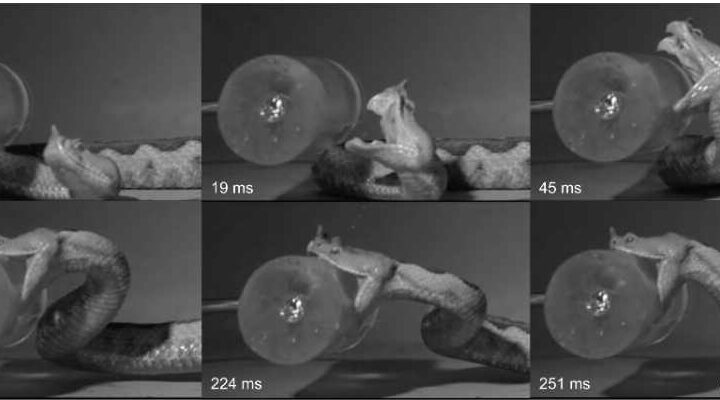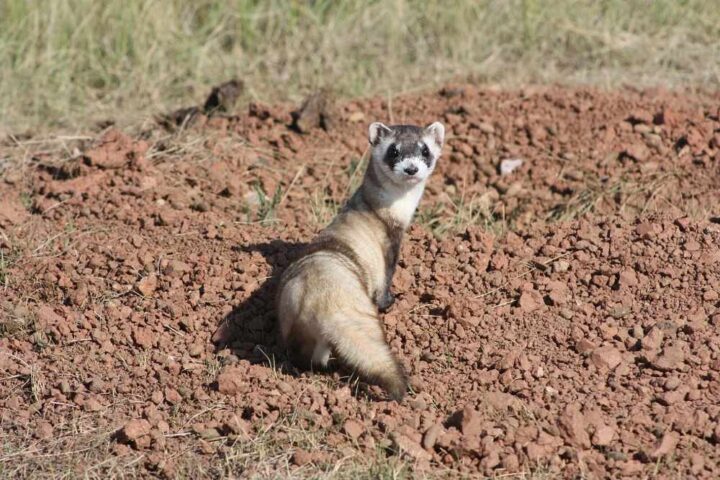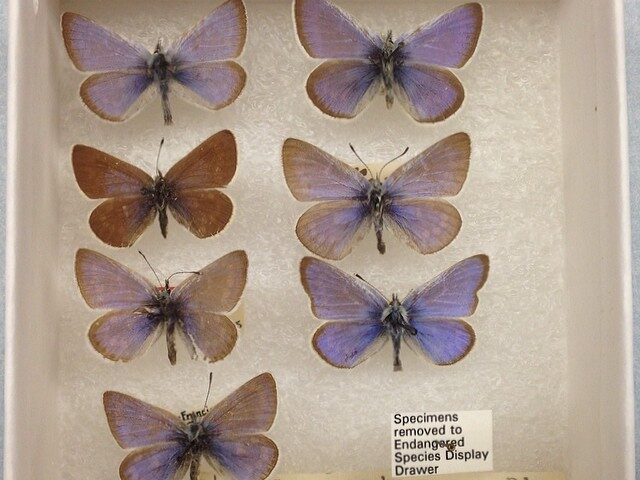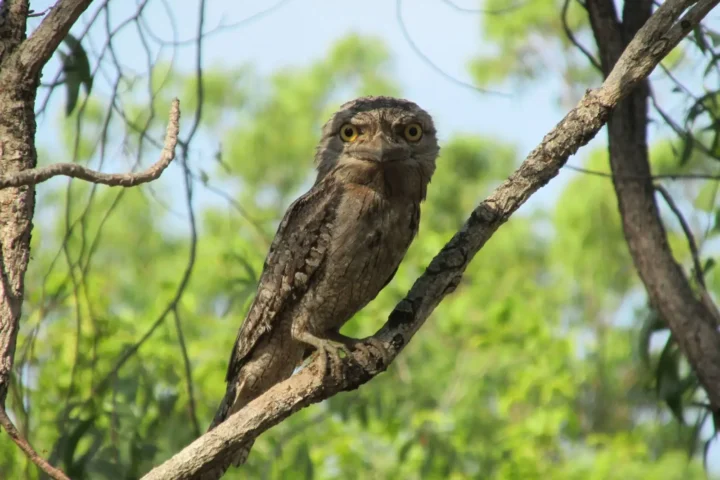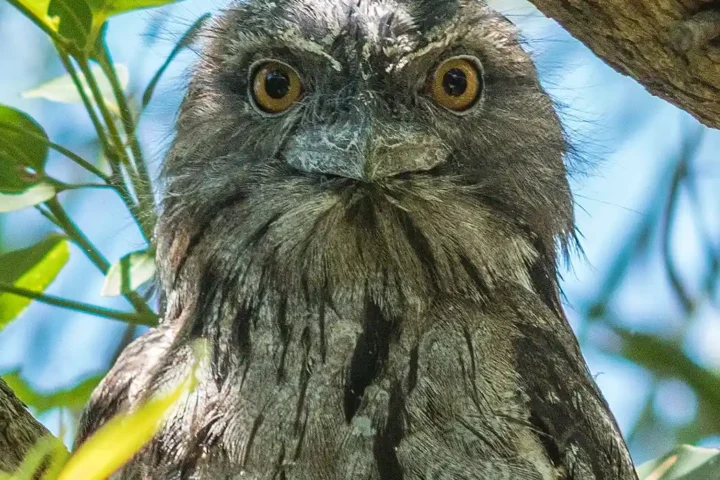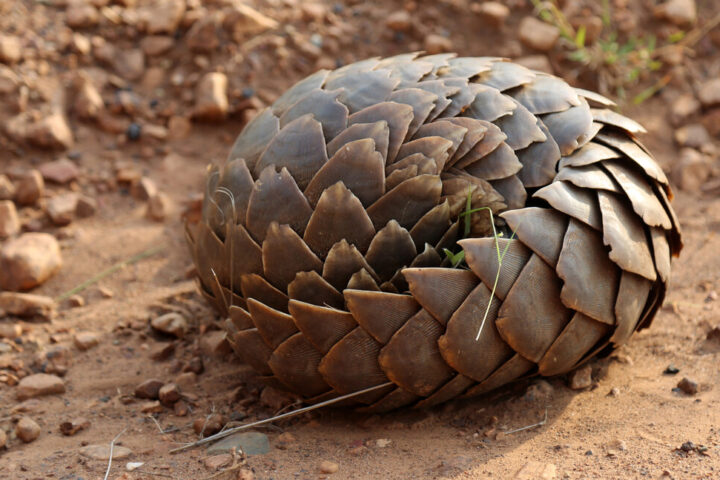A new study by scientists from the University of Wisconsin-Madison, published in the bioRxiv journal, has uncovered the reason behind the rapid spread of the deadly ‘death cap’ mushroom (Amanita phalloides) in North America, which results in numerous fatalities from individuals mistaking it for a food source. Out of all mushroom-related fatalities worldwide, a staggering 90% is attributed to this highly toxic species found in Europe.
The study found that the death cap mushroom, which is originally from northern Europe, can reproduce both sexually and asexually, generating fragments using the chromosomes of just one individual. The ability to reproduce asexually is a major contributing factor to its successful invasion of new habitats in Europe, North America, and Australia in recent decades.
Mushroom-forming fungi can reproduce through either asexual or sexual fragments, and the death cap mushroom was not previously known to be one of them. Asexual fragments allow individual mushrooms to quickly spread and persist for years without the need for a mating partner, while sexual reproduction enables species to evolve and adapt.
The asexual fragments collected in California between 1993 and 2015 had genes that were not significantly different from the sexual fragments produced by the same species in the same region, leading researchers to hypothesize that individual death caps can persist through the years by replicating themselves until they find another death cap to mate with.
Ingesting just half a mushroom cap is enough to kill a person, and without medical intervention, symptoms can appear as soon as six hours after ingestion, potentially leading to liver failure. The spread of death caps poses a serious threat to human and animal health. In 2016, there were 14 cases of death cap poisoning in humans during a particularly severe outbreak in San Francisco, compared to the usual few cases per year in the US.
Now that scientists have a clearer understanding of the death cap’s spread in North America, they may be able to develop strategies to control the risk. Anyone interested in foraging for mushrooms should research whether death caps are present in their area and familiarize themselves with the correct identification of these dangerous fungi.
